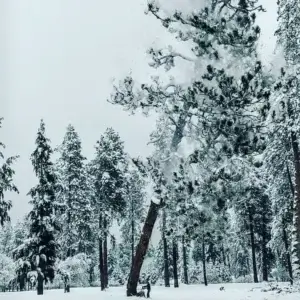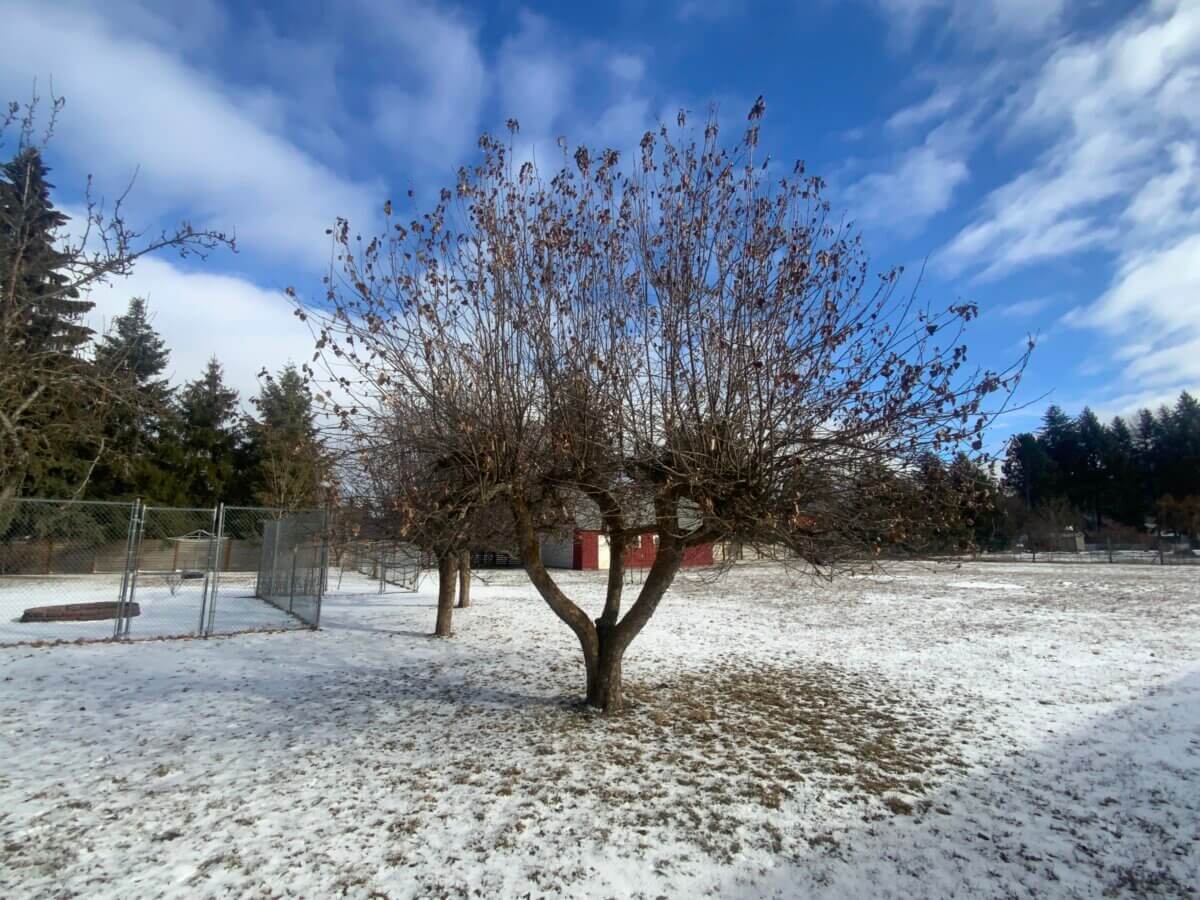Now that we are all wearing shorts and enjoying this late spring heat, I thought it might be a nice time to look back at the long winter and how the extended cold affects our landscape plants. You may be looking at the effects of a long winter on your plants wondering if there is something you can do. Many of our customers are dealing with winter dieback in shrubs and trees such as Mt. Laurel, roses, ornamental pear trees, sweet gums, and arborvitae to name a few of the common ones. Many people ask how does the winter affect plants and how to care for plants after a long winter?

When it comes to evergreen plants like the mountain laurel or boxwoods that hold on to leaves all year round, longer and colder winters allow for more opportunity for circumstantial dieback, the process that slowly kills trees and plants. You know those cold, harsh winter days where it’s 10 degrees and the wind is blowing in from the north? The sun is shining and it looks warm and inviting outside but one foot out the door reminds you that we still live in the inland northwest.
On those days, the leaves of the evergreens don’t know that it’s cold, but they do know the sun is shining, and that tells them to photosynthesize. When a leaf starts the process of photosynthesis, small openings in the leaf called stomata activate which allows the leaf to release moisture (called transpiring), which in turn tells the plant to draw up moisture from the soil…. but wait…the soil is frozen! Then you add in the fact that those super cold sunny days are extremely dry and suck the moisture out of every living thing, well, therein lies our problem, a sort of a “cold drought” in a sense.

With the inability to draw frozen moisture up during photosynthesis, your plants are essentially drought-stressed and therefore can “die back” as they would in the summer when moisture in the soil is also scarce. The tips of the leaves and branches begin to dry and wither much like they would in a hot drought.
As if that wasn’t complicated enough, longer winters that stretch into the early growing season tend to bring overly saturated soils that have the ability to create an overabundance of fungal spores that affect our bigger leafy friends.

We also have to consider the earlier-than-normal snows that occurred and the effects that they had on trees and plants that were not quite ready for the sharp bite that winter brings. Not to mention the headache of leaves that hadn’t fallen when the snow hit. I’m sure we can all relate to that one.
As always, for further questions, quotes or consultations, give us a call today!

